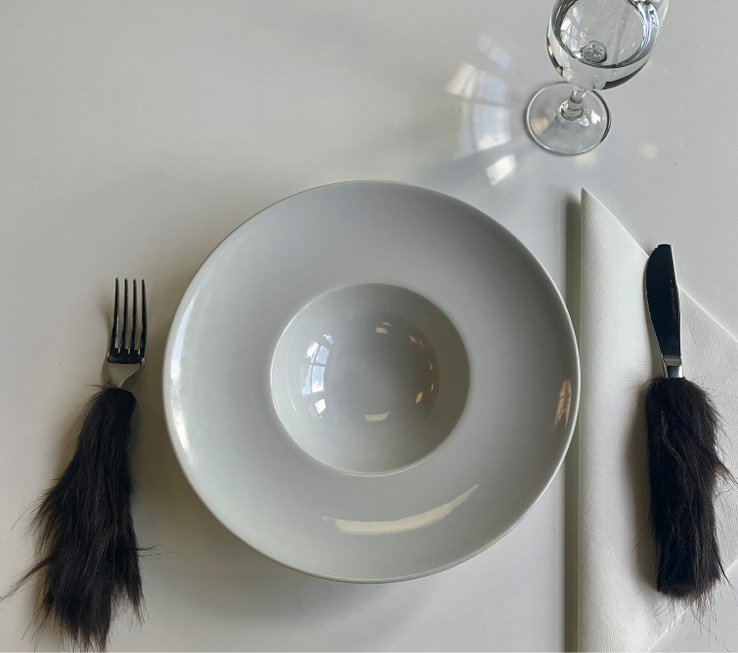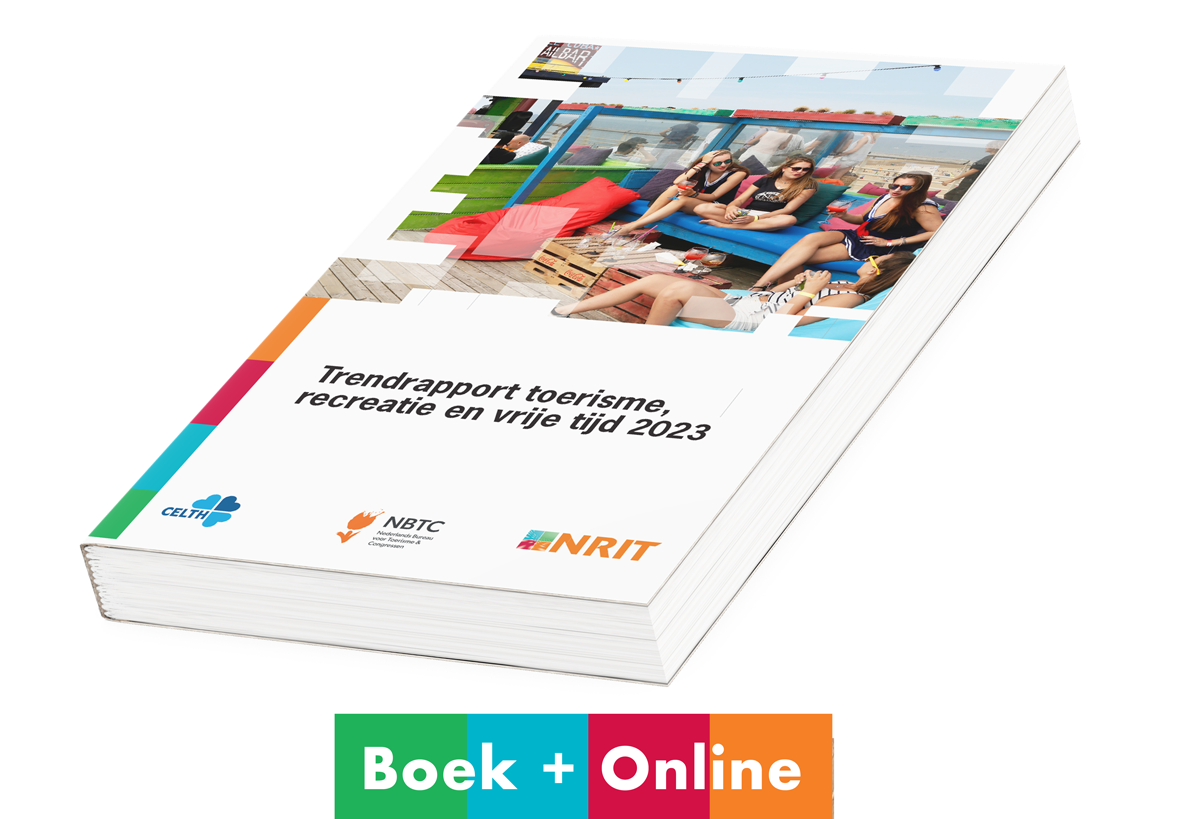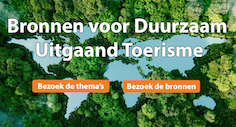Can immersive multisensory experiences drive sustainable food behaviour?

In today’s fast-paced modern world, consumer attention to dietary choices can sometimes take a backseat. Among the different methods available to stimulate more conscious food choices, is the practice of mindfulness (Tapper, 2022). This practice involves focusing on the present moment, fostering a heightened awareness of one’s surroundings (Oxford Advanced Learner’s Dictionary, n.d.). Mindfulness is often achieved through a conscious effort to be present in the current mental, physical, and emotional state or an activity at hand. It aims to immerse the mind in the now through actively taking note of sensory stimuli that affect the state of self. Researchers and practitioners across diverse fields, ranging from videogames and entertainment to leisure, tourism, and hospitality, have endeavoured to recreate immersive experiences to engage consumers in the presence. In current times, immersive experiences lend themselves well to hospitality, tourism, and leisure settings, allowing visitors to fully engage in the present moment.
Malu Boerwinkel, Research Centre Future of Food, Zuyd University of Applied Sciences
Dai-In Danny Han, Research Centre Future of Food, Zuyd University of Applied Sciences
Empathy through mixed reality immersive narratives
Recent developments in the employment of immersive technologies (e.g. augmented reality (AR), virtual reality (VR)) in the consumer food context offer a glimpse into the dimensions and mechanisms underlying the potential effects of spatial immersion facilitated by computer-generated content. Companies like QReal (2024) among others offer lifelike 3D AR artefacts that have successfully been implemented in food service menus to provide a realistic view of menu items. In contrast, restaurants like Dinner in Motion (Eindhoven, The Netherlands) and Ultraviolet by Paul Pairet (Shanghai, China) create immersive restaurant experiences that blend innovative technologies with food experiences in the dining context. Concurrently, an increasing number of studies into immersive technologies have evolved in the past decade to shed light on new consumer experiences and psychological mechanisms that the employment of such technologies can trigger. For instance, a recent study published in Psychology & Marketing investigated the potential of using AR as an interactive marketing approach through wine labels. The study tested the effect of storytelling through three different formats, a human narrator, a 2D narration through a digital human character, and augmenting the digital human through a mobile-AR application based on a wine label (19Crimes). The findings revealed that narratives that make use of life-like digital humans through AR elicit stronger positive responses in consumers than alternative media (Sung et al., 2023).
In the context of food experiences, the potential of immersive experiences created by mixed reality (MR) headsets (e.g. Microsoft HoloLens 2) was emphasised to drive the food choices of guests. In a collaborative project of Breda University of Applied Sciences and the Research Centre Future of Food at Zuyd University of Applied Sciences, an interactive content narrative was developed for MR headsets based on video-game mechanics. The content augmented on guests’ peripheral view proved effective in immersing and engaging guests with storylines and stimulating subsequent food choices towards more sustainable options (Han et al, 2023). As this project showed, the sensation of an immersive experience through MR headsets stretches beyond the spatial dimension and can be further emboldened through narratives, and social dimensions that can build empathy between people, characters, and entire destinations. For instance, having a guest interact with a baby calf in a reality experience, the created empathy from this mixed reality encounter could lead guests to opt for an animal-friendly meal after the experience (Han et al., 2022).
Evidence from several dimensions which are recognised to yield immersive experiences indicates that immersive experiences would benefit from going beyond immersion created through immersive technologies to a synthesised approach that engages multiple senses to activate mental, emotional, and physical processes. Based on existing literature, we can conclude that purposefully and intentionally designed immersive experiences that engage multiple senses show promising potential to drive sustainable consumer behavior in the hospitality, tourism, and leisure context.

Adding fur to multisensory experiences: wonderfully immersive or disturbingly close?
While novel approaches to integrate immersive technologies in food experiences show promising avenues for further research and implementation, our sense of touch and haptic stimuli have for a long time significantly influenced our food experiences (Spence, 2022). The weight of the menu, the texture of the plates and the properties of the cutlery, can greatly affect people’s taste perception and experience (Spence et al., 2013a). Similarly, haptic stimuli integrated into environmental cues next to stimuli presented in mixed reality environments can also alter people’s eating habits and food choices. An unconventional use of haptic stimuli that can be used in combination with immersive multisensory food experiences includes the use of animalistic fur on the handles of cutlery, served to the consumer alongside a meat-based dish (see photo).
Chefs and culinary artists have been experimenting with ‘Gastrophysics’ by adding the tactile element of fur to the cutlery since the beginning of the last century (Spence, 2017), but there is contradictive reasoning about whether it is enhancing or decreasing the food experience and the emotions elicited by the fur elements. Various chefs and culinary artists argue that introducing a fur element in the dining context could enhance the perception of multisensory experiences. As early as the 1930s, the Italian Futurist Filippo Tommaso Marinetti hosted ‘tactile dinner parties’, where fur-covered cutlery was amongst some of the items presented. Marinetti believed that to maximally stimulate the senses during a food experience they should enhance the tactile sensations, a kind of synesthetic connection between felt textures and the flavours and tastes of food the Italian Futurists referred to as ‘syntactilismo’ (Spence et al., 2013b). In modern times, this idea was further explored by chef Charles Michel who wrapped the pelt of a hare around cutlery to eat hare-stew, and chef Heston Blumenthal from the Michelin-starred restaurant The Fat Duck, who served his dessert ‘Counting Sheep’ with wool covered cutlery (Mühl et al., 2017). Yet, paradoxically, several studies posit fur elements would decrease a meat-eating experience. These studies argue that fur in a dining experience would trigger feelings of disgust, guilt, and reluctance among consumers. Fur simply does not belong in dining experiences with its juxtaposition of nature and culture, animal, and human, the domestic and the uncivilised (Earle et al., 2019). To this day, we can conclude that there seems to be no real consensus amongst culinary artists, chefs, and academics, on whether adding a fur element as a haptic stimulus will enhance or decrease a meat-based food experience. One thing they do agree on is that a fur element is inherently animalistic, and its tactile sensation reminds the consumer of the once-living animal that they are eating. Once this ‘animal-meat link’ (Benningstad et al., 2020), becomes salient to the meat consumer, it may elicit negative emotions such as disgust, empathy for the animal, and guilt (Kubberød et al., 2006). But does this apply to every consumer?
In an exploratory study, researchers from the Research Centre Future of Food at Zuyd University of Applied Sciences sought to examine whether these negative emotions when confronted with a fur element during an immersive meat-based food experience, were truly representative of all consumers. This qualitative study aimed to elicit consumer responses to fur as an effective trigger in immersive multisensory experiences. Twenty-two hotel management school students were served a small serving of wild-boar stew and were offered cutlery with fur-covered handles with which to eat. After the participant was done eating, they were asked questions in the form of a semi-structured interview. During the interview, they enquired about whether they enjoyed the experience and which emotions were evoked within the participant. The exploratory results revealed that most participants were made aware of the animal-meat connection because of this haptic stimulus of the fur-covered cutlery. However, the emotions elicited once the animal-meat connection was made, did indeed differ greatly between the participants. Consistent with the findings of existing literature, certain participants confirmed experiencing emotions like disgust, guilt, and empathy once the animal-meat link was made salient. However, a notable portion of participants enjoyed the addition of the fur element. Despite being made aware of the animal-meat link through the animalistic fur component, these participants felt that the fur-covered cutlery enhanced the food experience, as it heightened their perceived immersion through the added sense. It is noteworthy that all the participants who responded positively to the fur element were male. Moreover, although the majority of the participants were Dutch, the few participants who grew up in other cultures (Kuwait, Syria, Czech Republic), and experienced the slaughtering of an animal for meat firsthand, were also more comfortable with the fur-covered cutlery despite the animal-meat link being salient. These findings may suggest that negative emotions because of the animal-meat link salience could be gender- and culture-based. This has profound consequences for designing and staging immersive multisensory experiences. It sheds light on the importance of incorporating demographic and attitudinal guest parameters into the design of narratives in immersive technologies. A pure focus on technological and multisensory characteristics in the dining context could yield contrasting effects on guests and create a risk for restaurant managers and culinary artists who attempt to incorporate sensory elements to stage immersive multisensory food experiences.
Immersive multisensory experiences - a path to the future of sustainable dining
The continued exploration of immersive multisensory experiences as drivers of sustainable food behaviour offer promising avenues that deserve much attention. Combining physical and virtual elements, immersive multisensory experiences have the potential to engage guests and bring them back to the ‘now’ to make them more conscious of their food choices in the present moment. The interplay between immersive technologies such as AR and VR and other sensory stimuli evokes diverse emotional responses that can yield effective approaches to designing stimulating immersive multisensory experiences that can trigger sustainable food choices. While opinions on their effectiveness vary depending on the case, experiences that engage multiple senses in an immersive setting offer promising characteristics that could reshape the future of dining experiences by fostering mindful food encounters. As research progresses, interdisciplinary efforts are needed to understand their impact fully and develop innovative strategies for designing and staging immersive multisensory experiences that drive sustainable food consumption in the future.
References
- Benningstad, N. CG, & Kunst, J. R. (2020). Dissociating meat from its animal origins: A systematic literature review.” Appetite 147, 104554.
- Earle, M., Hodson, G., Dhont, K., & MacInnis, C. (2019). Eating with our eyes (closed): Effects of visually associating animals with meat on antivegan/vegetarian attitudes and meat consumption willingness. Group Processes & Intergroup Relations, 22(6), 818-835.
- Han, D. I. D., Melissen, F., & Haggis-Burridge, M. (2023). Immersive sustainable food experience design. Breda University of Applied Sciences.
- Han, D. I. D., Boerwinkel, M., Haggis-Burridge, M., & Melissen, F. (2022). Deconstructing Immersion in the Experience Economy Framework for Immersive Dining Experiences through Mixed Reality. Foods, 11(23), 3780.
- Kubberød, E., Dingstad, G. I., Ueland, Ø., & Risvik, E. (2006). The effect of animality on disgust response at the prospect of meat preparation—An experimental approach from Norway. Food Quality and Preference, 17(3-4), 199-208.
- Mühl, M., & Von Kopp, D. (2017). How We Eat with Our Eyes and Think with Our Stomach: The Hidden Influences that Shape Your Eating Habits. The Experiment.
- Oxford Advanced Learner’s Dictionary. (n.d.).
- QReal (2024). Use cases – Food. Retrieved 27 February, 2024, from https://www.qreal.io/use-cases
- Spence, C. (2022). Interacting with food: tasting with the hands. International Journal of Gastronomy and Food Science, 100620.
- Spence, C., Hobkinson, C., Gallace, A., & Fiszman, B. P. (2013a). A touch of gastronomy. Flavour, 2, 1-15.
- Spence, C. (2017). Gastrophysics: The new science of eating. Penguin UK.
- Spence, C., Hobkinson, C., Gallace, A., & Fiszman, B. P. (2013b). A touch of gastronomy. Flavour, 2, 1-15.
- Sung, E., Han, D. I. D., Choi, Y. K., Gillespie, B., Couperus, A., & Koppert, M. (2023). Augmented digital human vs. human agents in storytelling marketing: Exploratory electroencephalography and experimental studies. Psychology & Marketing, 40(11), 2428-2446.
- Tapper, K. (2022). Mindful eating: what we know so far. Nutrition bulletin, 47(2), 168-185.




































































